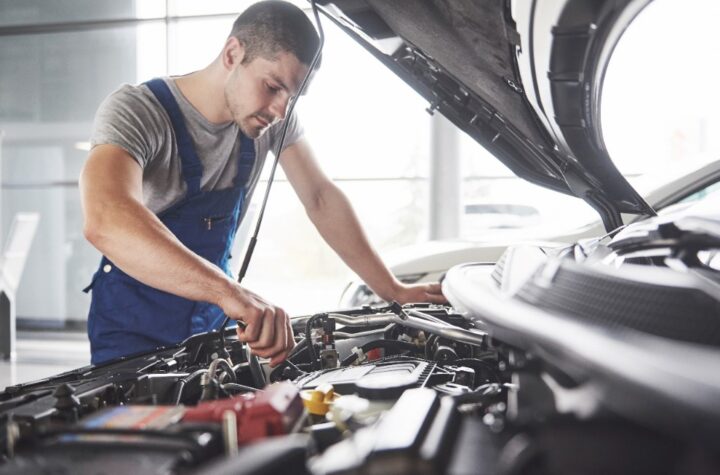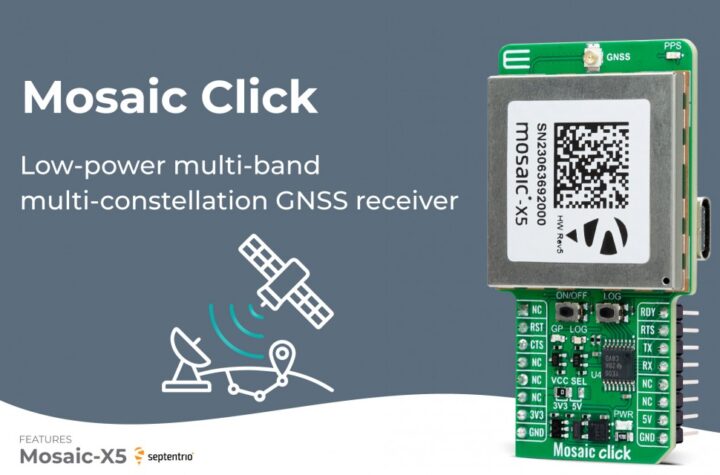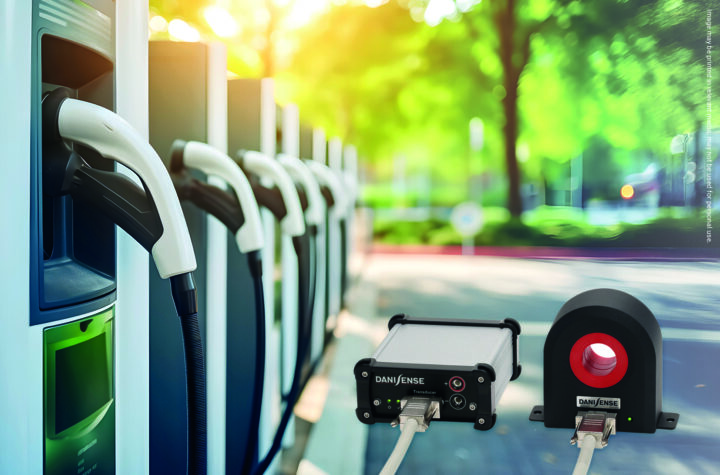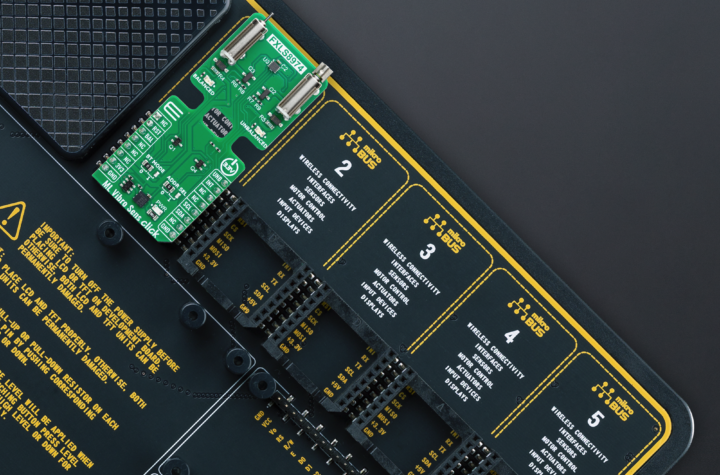

Detroit is experiencing a fresh surge in automotive investment, with Teleca – a leading global supplier of embedded software solutions and engineering services for the automotive, consumer electronic and mobile devices industries – being one of the latest to open an office in the city.
Teleca, which is owned by the Symphony Technology Group (STG), says it opened the Farmington Hills, Michigan office to specialize in automotive service delivery and sales. It joins Teleca offices in Seattle, WA and Mountain View, CA. Established in 2001, Teleca has grown its automotive business exponentially over the past 18 months by signing up a number of OEMs and Tier-1s as customers, and by partnering with leading chipset manufacturers and software providers.
“We plan to expand our clientele and service offerings by leveraging our wireless domain and multi-platform development expertise to build new relationships across the winning players in the automotive industry. This new office will strengthen our presence in the heart of the automotive industry in North America and provide our current and future customers with a strong local interface,” says Tomi Rantakari, senior vice president – automotive, Teleca.
Teleca’s announcement of its new automotive office in Detroit comes on the heels of a strategic partnership between Teleca and automotive software expert OpenSynergy. Teleca says OpenSynergy’s COQOS platform establishes the missing link between high level operating systems such as Android and MeeGo and low-level automotive SW compliant with AUTOSAR.
Teleca has also been part of the GENIVI Alliance since 2010. “By joining the GENIVI Alliance Teleca will be able to keep abreast of the latest market developments and bring our extensive experience in mobile Linux and open source software to the Alliance members,” said Andrew Till, vice president, solutions marketing at Teleca at the time of joining.
Automotive Industries (AI) asked Rantakari to tell us more about the strategic partnership with OpenSynergy.
Rantakari: Teleca specializes in developing market leading in-vehicle Infotainment systems, and works with all of the leading automotive SW platforms. The partnership will initially focus on open source operating systems, where Teleca has ported both Android and MeeGo to leading automotive chipsets. OpenSynergy’s COQOS platform establishes the missing link between high level operating systems such as Android and MeeGo and low-level automotive SW compliant with AUTOSAR. Teleca and OpenSynergy have now partnered to develop a GENIVI compliant platform based on MeeGo, integrating the COQOS virtualization platform. This allows seamless integration of a GENIVI compliant Infotainment Platform with Commercial Off-The-Shelf (COTS) components compliant to the AUTOSAR Software Architecture Standard.
AI: Tell us about the role Teleca plays in promoting open source development platforms for automotive IVI systems?
Rantakari: Teleca has a long history of working with Linux / open source – based SW solutions in the consumer electronics and handset space. This covers Meego and Android-based solutions. We have been involved with both almost from the beginning. As a services company, we help our customers with their strategic and/ or architecture based questions on open source applications. We also develop open source-based products.
AI: How has Teleca’s role in the GENIVI Alliance helped promote this cause?
Rantakari: Teleca is an associate member, and we have helped to promote the Open Source GENIVI compliant solution with our customers. Teleca also partners with GENIVI in a number of co-marketing activities such as speaking sessions and demonstrations of our MeeGo 1.2 IVI expertise at events that both organizations have hosted. Further, we are participating at selected GENIVI work groups in a few regions. The GENIVI Alliance is still growing as more and more companies in the industry try to take advantage of and make sense of standard Open Source platforms.
AI: What are some of the opportunities currently in the automotive infotainment industry and how do you see Teleca taking on the new challenges?
Rantakari: We see the automotive infotainment area being driven by consumer user experience, increased connectivity and the importance of SW growing in general. This drives the industry to adopt the same SW platforms used by handset and CE companies. Given our world leading experience in the platforms to create compelling user experience and connectivity solutions, Teleca sees a big opportunity in supporting automotive companies to adapt to the change.
The change has similarities to the evolution that happened in the handset space 5-10 years ago, with the movement from RTOS based feature phones to open platform-based Smartphones. Having been part of that change, we feel we have a lot to offer to the automotive industry. We recognize the need to add automotive skills and experience to the organization, and are well under-way to achieving that through a global recruitment and training campaign, as well as by establishing certain key strategic partnerships.
AI: Tell us about Teleca’s advanced software and automotive networking solutions.
Rantakari: While Teleca does offer software solutions to automotive companies such as our application storefronts, most of our focus centers on providing software services to our clients. So, the difference for our customers is that, by using a services company, they benefit from their investment beyond the project. They keep the IP, and they are not tied up to a roadmap by others. Our services for automotive address six major areas of in-vehicle infotainment: head units, connectivity solutions, telematics and automotive apps-related offerings. We focus our efforts on the same key SW platforms and technologies that we use in the mobile and CE spaces, including Linux, MS CE Auto and QNX. From project size point of view, we run full IVI head unit system integration projects, as well as smaller projects. Through our partnerships and work with clients, Teleca delivers infotainment solutions across multiple platforms such as Android, MeeGo/Tizen, QNX and Microsoft. The connected car of tomorrow brings high complexity for OEMs. The user experience and user interface of the head unit is critical for safe and enjoyable trips in the vehicle. Teleca also offers leading design teams to bring the best user experiences into the vehicle.















More Stories
AVL ThermalLab™ brings dynamic road VTMS conditions to the laboratory
Sika – where battery storage technology for EVs, wind and solar meet
Driving Change with Circular Aluminum: Hydro’s Role in the Automotive Future